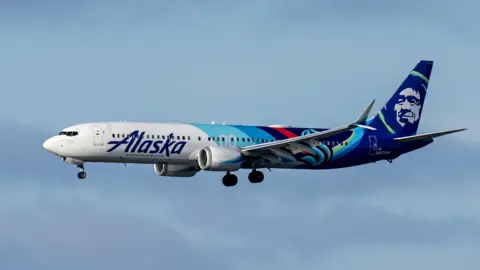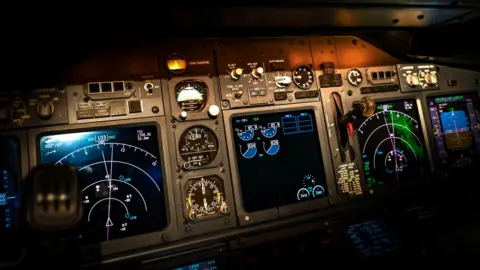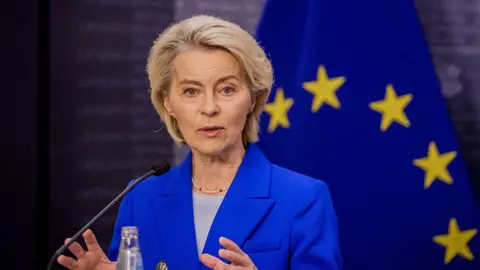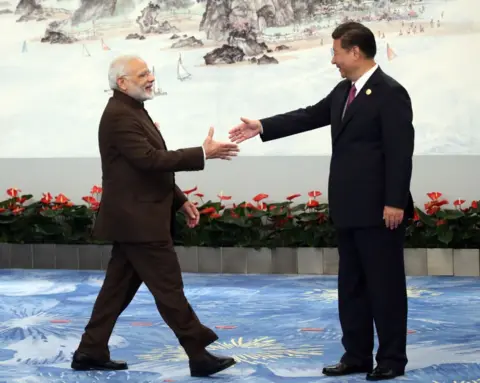Just how safe are the skies over India? This question has become increasingly prominent following the tragic crash of an Air India plane in June that resulted in the deaths of at least 270 individuals. The Boeing 787-8 Dreamliner, bound for London, tragically went down shortly after takeoff from Ahmedabad airport on June 12.
Faiz Ahmed Kidwai, head of the Directorate General of Civil Aviation (DGCA), India's aviation safety regulator, took a firm stance in a recent interview with the BBC. He asserted, "India's skies have always been safe - in the past and even today," highlighting that India consistently outperforms the global average in air safety metrics, as tracked by the International Civil Aviation Organization (ICAO). Despite two years in the 2010-2024 period where India exceeded the global average due to major accidents, Kidwai contended that overall, the country maintains strong safety records.
However, recent headlines have cast shadows over this optimistic view. Concerns have resurfaced due to incidents such as a Delhi-Srinagar flight that encountered severe turbulence and reports of maintenance deficiencies within key airlines, notably SpiceJet.
An investigation reported by The Economic Times revealed alarming findings involving SpiceJet's De Havilland Q400 turboprop aircraft, which experienced premature propeller failures. The issue was escalated to the DGCA by the operating manufacturer after attempts to address the problem failed. In response, Kidwai stated that corrective measures were implemented, including the suspension of key personnel responsible for compliance issues.
Further scrutiny on safety led to further reprimands for Air India Express, pertaining to delays in engine part replacements and falsifications in compliance records. Kidwai acknowledged that these violations occurred largely through self-reporting from the airline and emphasized the importance of transparency in aviation safety oversight.
A more serious incident from May involved an IndiGo flight which experienced extreme turbulence resulting in emergency measures. The DGCA is now refining guidelines for pilots to better navigate such adverse conditions.
Despite a reported increase in technical faults—totaling over 2,461 since 2020—Kidwai noted a growing culture of reporting within the aviation sector, which he views as a positive trend. As India's passenger aviation market emerges as the third-largest globally, demands on the DGCA have increased. However, budget cuts for the civil aviation ministry have impacted regulatory oversight, making it challenging to maintain standards as air traffic surges.
Over the last decade, the number of aircraft in operation and the total number of air passengers in India have more than doubled, indicating a robust aviation sector. While the DGCA claims that air travel enjoys a solid reputation despite recent tragedies, analysts and aviation experts continue to monitor safety trends closely.
Kidwai concluded by acknowledging the public's understandable anxiety after tragic incidents but emphasized that over time, such concerns generally diminish as information and understanding improve. The ability of the aviation industry to sustain its travel market amidst these safety challenges remains a key focus for regulators and the public alike.






















